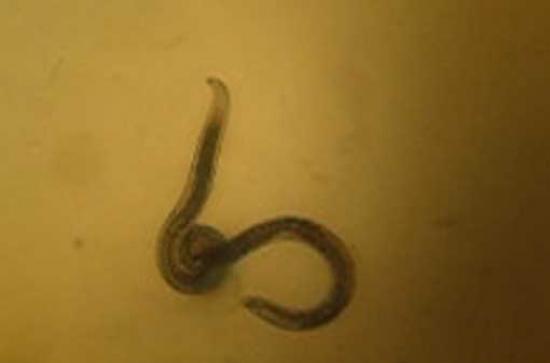
Scientists at Maynooth University have discovered evidence suggesting that the tendency of simple animals (nematode worms) to fight to the death is determined by the conditions the animal experiences during its early development. This new finding could become a significant breakthrough in the study of the fundamental behaviour of animals and has ramifications for the development of new pest controls as an alternative to chemical insecticides in forestry and horticulture.
Experiments by Maynooth University indicate that the difference in fighting between the generations of nematode worms is due to a developmental switch at a juvenile stage in their development.
The new research has found that this tendency to fight to the death amongst male worms is unique to those that have experienced crowding at a juvenile stage in their development, causing arrested development. This is interesting, according to Maynooth UniversityBiology Lecturer Dr Christine Griffin, as it shows that “conditions during early stage development have a profound effect on the expression of fighting in adults. Nematodes may be simple animals, but many of the biochemical and neural processes that take place in them have parallels in higher animals including humans.”
According to Dr Griffin, “Fighting, let alone fatal fighting, has not previously been described in any other nematode and fighting to the death is relatively rare amongst animals. Studying their behaviour helps us develop better pest control strategies- as well as providing us with a fascinating insight into the fundamental behaviour of animals and the external conditions that influence their fighting instincts.”
Much of the research on nematodes solely examines their parasitic qualities which have devastating effects on plants, humans and animals; however, Dr Christine Griffin, PhD student Annemie Zenner and the rest of the Maynooth University research team have been examining the beneficial role nematodes can play, including their potential to be used as an environmentally sound way of controlling pests instead of using chemical insecticides.
The Maynooth University team is currently collaborating with Coillte Teoranta to investigate whether nematode worms can be applied as an effective pest control for pine weevil (a devastating forest pest). Another target is vine weevil which can be frequently found in strawberries and ornamental plants.
In nature, worms kill insects (using symbiotic bacteria that they carry around with them) and reproduce inside the insect cadavers. Several generations can pass through a large insect and, eventually, tens or even hundreds of thousands of nematode descendants emerge from the spent cadaver in soil and wriggle away in search of fresh hosts. These are exactly the kind of conditions where we might expect fatal fighting to evolve.
Killing is a feature of the first colonists that enter the insect, but not of the worms of subsequent generations that develop later inside the insect. For worms of later generations, there would be too many competitors (and many of them close relatives) to make fighting a profitable course of action.
This new research, which was funded by SFI, is published in the PLoS One (Public Library of Science) journal on the 24th February, 2014.
Photocaption: Two male worms fighting, one has wrapped its tail around the other's head.
